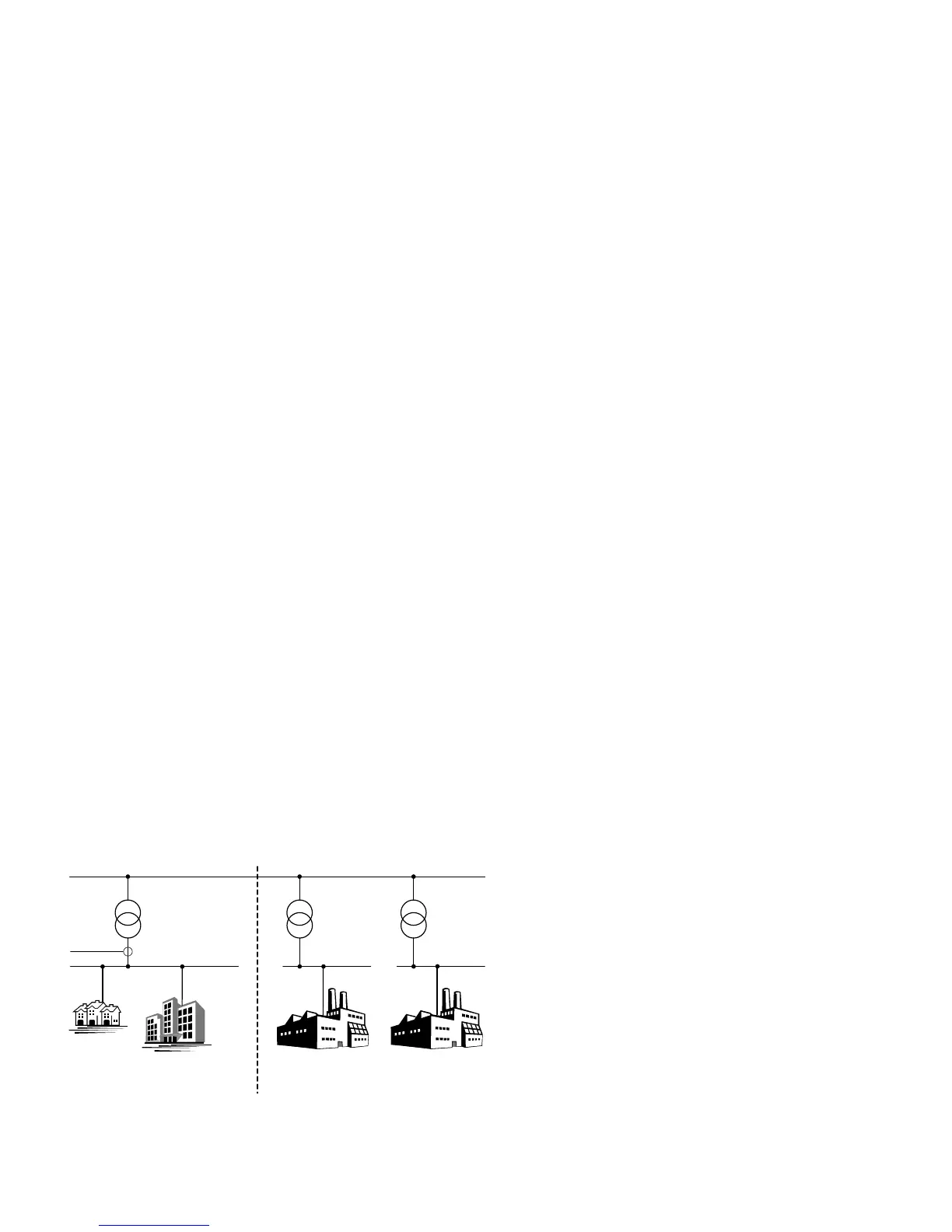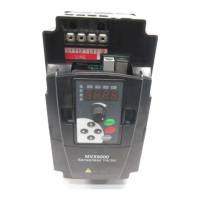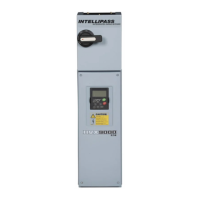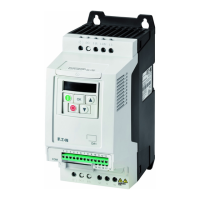Engineering
22 M-Max Series Adjustable Frequency Drive
MN04020003E—October 2013 www.eaton.com
The leakage current to ground is greater than 3.5 mA with a
frequency inverter. Based on the requirements of EN 50178,
an increased ground (PE) has to be connected. The cable
cross-section must be at least 10 mm
2
or consist of two
separately connected ground cables.
Residual current circuit breakers must be suitable for:
●
the protection of installations with DC current component
in case of fault scenario (RCD type B)
●
high leakage currents (300 mA)
●
brief discharges of pulse current spikes
Input Contactor
The input contactor enables an operational switching on and
off of the supply voltage for the frequency inverter, and
switching off in case of a fault.
The input contactor is designed based on the input current
(I
LN
) of the frequency inverter and the utilization category
AC-1 (IEC 60947). Input contactors and the assignment to
M-Max frequency inverters are explained in the appendix.
While planning the project, make sure that inching operation
is not done via the input contactor of the frequency inverter
on frequency-controlled drives, but through a controller input
of the frequency inverter.
The maximum permitted operating frequency of the input
voltage with the M-Max frequency inverter is one time per
minute (normal operation).
EMC Measures
Electrical components in a system (machine) have a
reciprocal effect on each other. Each device not only emits
interference but is also affected by it. The interference can
be produced by galvanic, capacitive, and/or inductive
sources, or by electromagnetic radiation. In practice, the limit
between line-conducted interference and emitted
interference is around 30 MHz. Above 30 MHz, cables and
conductors act like antennas that radiate electromagnetic
waves.
Electromagnetic compatibility (EMC) for frequency controlled
drives (variable speed drives) is implemented in accordance
with product standard IEC/EN 61800-3. This includes the
complete power drive system (PDS), from the input supply to
the motor, including all components, as well as cables (see
figure on
Page 18
). This type of drive system can consist of
several individual drives.
The generic standards of the individual components in a PDS
compliant with IEC/EN 61800-3 do not apply. These
component manufacturers, however, must offer solutions
that ensure standards-compliant use.
In Europe, maintaining the EMC guidelines is mandatory.
A declaration of conformity (CE) always refers to a “typical”
power drive system (PDS). The responsibility to comply with
the legally stipulated limit values and thus the provision of
electromagnetic compatibility is ultimately the responsibility
of the end user or system operator. This operator must also
take measures to minimize or remove emission in the
environment concerned (see figure below). He must also use
means to increase the interference immunity of the devices
of the system.
With their high interference immunity up to category C3,
M-Max frequency inverters are ideal for use in harsh
industrial networks (2nd environment).
With line-conducted emission, type MMX…-F_ frequency
inverters (with integrated interference suppression filter)
ensure the observance of the sensitive limit values of
category C2 in environment 1. This requires an
EMC-compliant installation (see
Page 32
) and the
observance of the permissible motor cable lengths and
maximum switching frequency (f
PWM
) of the inverter.
Type MMX…-N_ frequency inverters can comply with the
limit values of category C1 in environment 1 when used in
conjunction with an assigned external interference
suppression filter.
The required EMC measures should be taken into account in
the engineering phase. Improvements and modifications
during mounting and installation or even at the installation
site involve additional and even considerably higher costs.
EMC Environment and Category
Public Medium-Voltage Supply Grid
Public
Low-Voltage
Supply Grid
Industry
Grid 1
Industry
Grid 2
Measuring
Point
Category C1
Category C1/C2 Category C3/C4 Category C3/C4
1
st
Enviroment 2
nd
Enviroment

